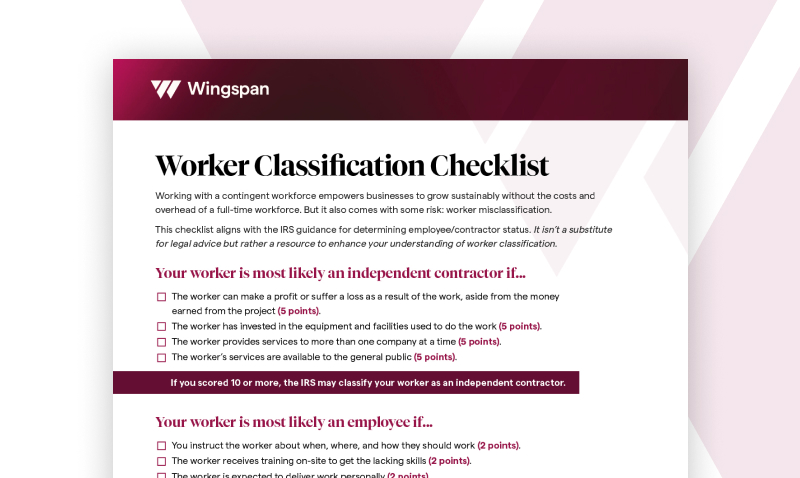We’ve all been there: You wince when you see their name in your inbox. Every exchange sets your heart racing. You know you’re good at what you do. But their constant critiques have started to chip away at your confidence. And when it’s time for them to pay, it’s rarely in full—or on time. In the case of editor and writer Adam Rosen, the trouble started when he didn’t answer a prospective client’s email quickly enough. His client had asked him a question late on a Friday, and he didn’t reply because it was outside of regular office hours. Over the weekend, his client called his parent’s home to get a hold of him, at an address where he hadn’t lived for years, using a phone number he had never publicly shared. Yikes. “It was definitely a wake-up call,” Rosen says. Here are red flags to watch for—and how to fire a client without burning bridges.
Red Flag: They Feel Entitled to All Your Time (But Don't Pay for It)
Many self-employed workers feel like they can’t afford to lose any income, no matter how abusive their client may be. This is why even after Rosen’s client grossly overstepped boundaries, he didn’t quit (or file a restraining order). Ask any experienced self-employed pro and they’ll agree: Clients who don’t pay well are also the most difficult. Rosen has seen it before: “If someone seems very demanding or entitled, or haggles a lot, those are all red flags.”You don’t have to encounter something extreme to trust your gut and walk away. Rosen let another client go after she repeatedly replied to his purely administrative emails with corrections to minor typos. Or she’d point out something even more trivial, like the absence of an Oxford comma. Rosen recognized this nit-picking as a sign of insecurity, and he “realized it would be impossible to work with her.”
Red Flag: They Ask You to Do Work Outside of Your Scope
“Scope creep” describes the incremental increases to your assignment, without any changes to payment. As long as you have a clear contract, you have everything you need to fight back. Charge more, and the problem may take care of itself.When Victoria Morrison’s copywriting client started inundating her with phone calls and demands for near-instant content, Morrison started to charge for rush fees, as well as time spent on phone calls. After throwing a tantrum, her client asked, “What would it take for you to stay?” Morrison increased her rates by a third and started charging for phone calls. She still works for them, but periodically reminds them of their agreed-upon scope.
Red Flag: They Disrespect You
When your client takes advantage of you or behaves in an abusive manner, it’s time to walk away. “Try to remember that work comes and goes,” Rosen says. “Even if you turn something down, you’ll get something again. You can’t put a price on your peace of mind.”Firing your client isn’t the hardest part of self-employment. Trusting your instincts is a skill that takes practice. The sooner you add this weapon to your arsenal, the faster you can take your business to the next level.
How to Fire a Client Tactfully
Wait until you don’t feel overwhelmed, and ask your client to discuss the terms of your contract. Highlight what doesn’t work for you anymore, and ask if they can make a change before you end your working relationship. If they don’t, at least you know you tried to make it work. Consultant Rahoul “Baz” Baruah had a client who made life more stressful than necessary: “If you weren't running around like the sky was falling in, then you weren't working hard enough,” he recalls. “That attitude meant everything was done in a panic.” While that client wasn’t a fit for him, he knew they might be for someone else. When he couldn’t do it anymore, “I found them a replacement. The overall handover took a year and was not a pleasant experience, but my life is much better now. I wish I'd done it sooner.”
Whether you’re on Day 1 or day 800 of working for yourself, Wingspan is here to be the wind beneath your wings. Become a member and find out how their benefits can support your growth.
You Might Also Like:
How to Start an Awkward (But Necessary) Conversation with a Client
These 7 Freelancer Mistakes Will Cost You. Here’s How to Avoid Them
3 Steps Every Freelancer Should Take Now to Outsmart the Recession

.jpg)
.jpg)
